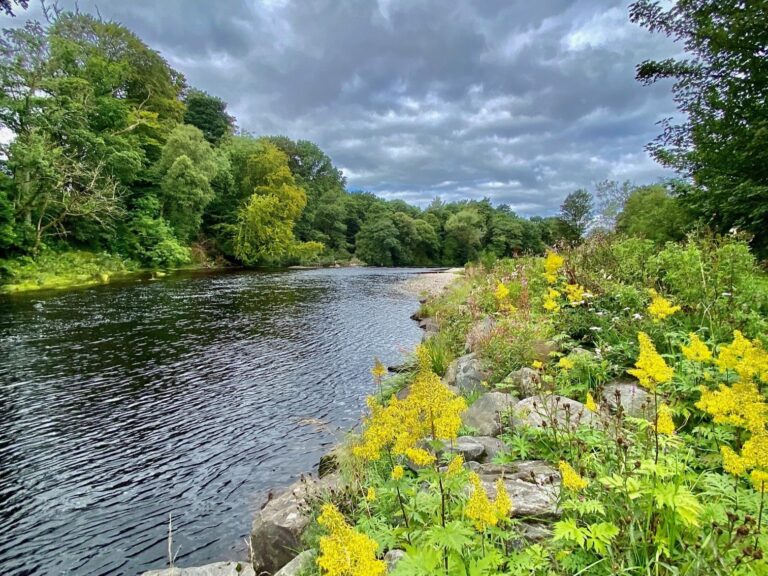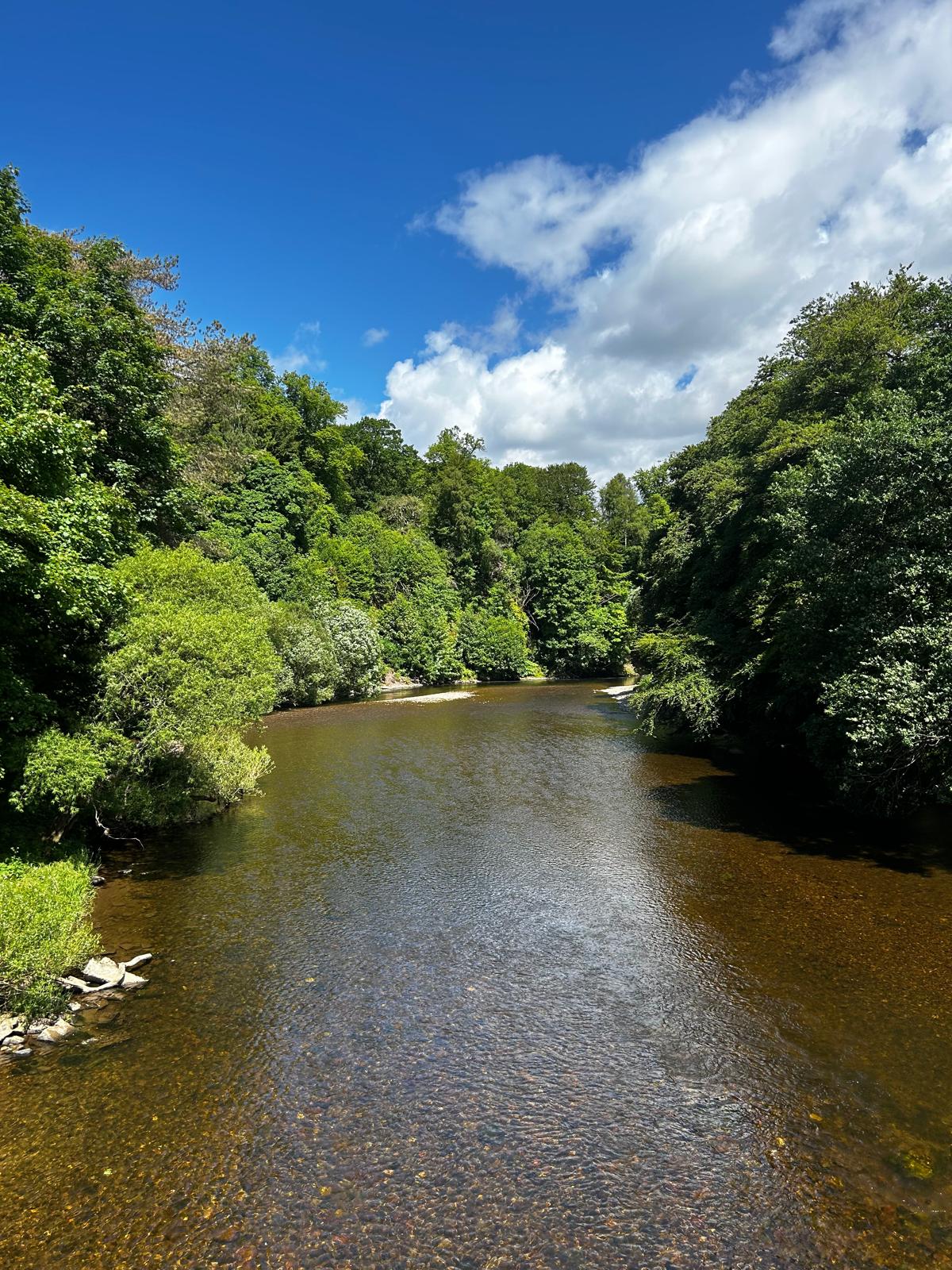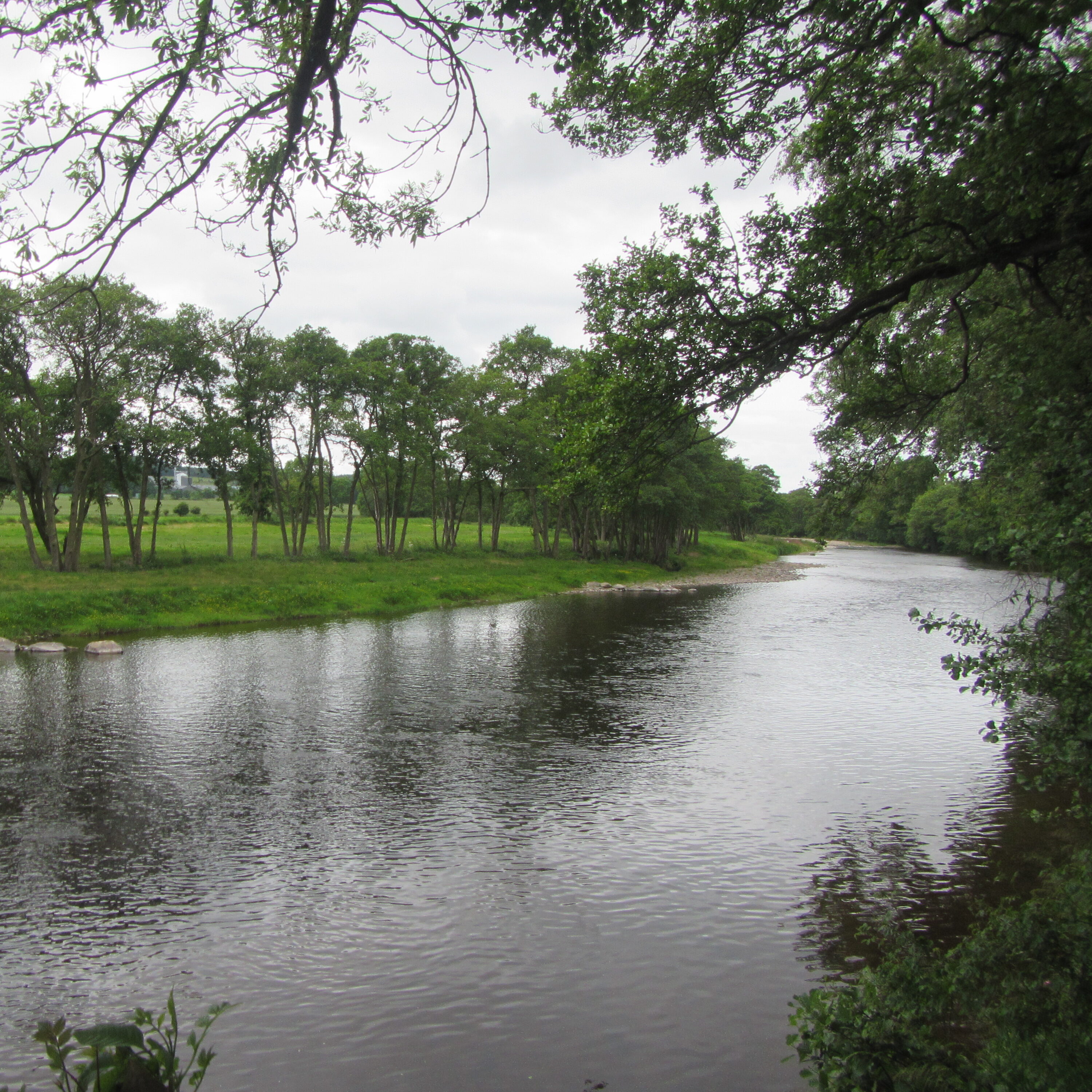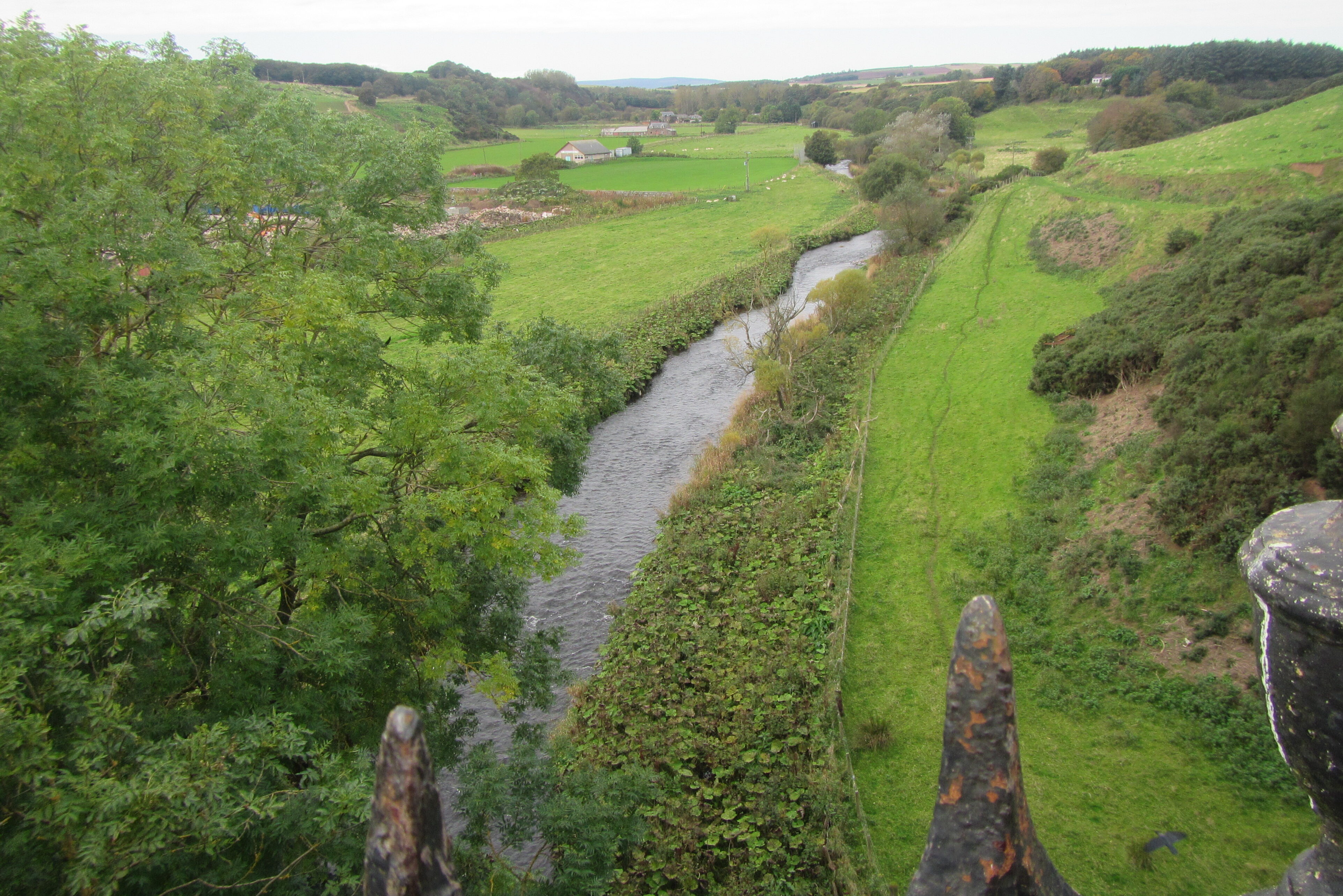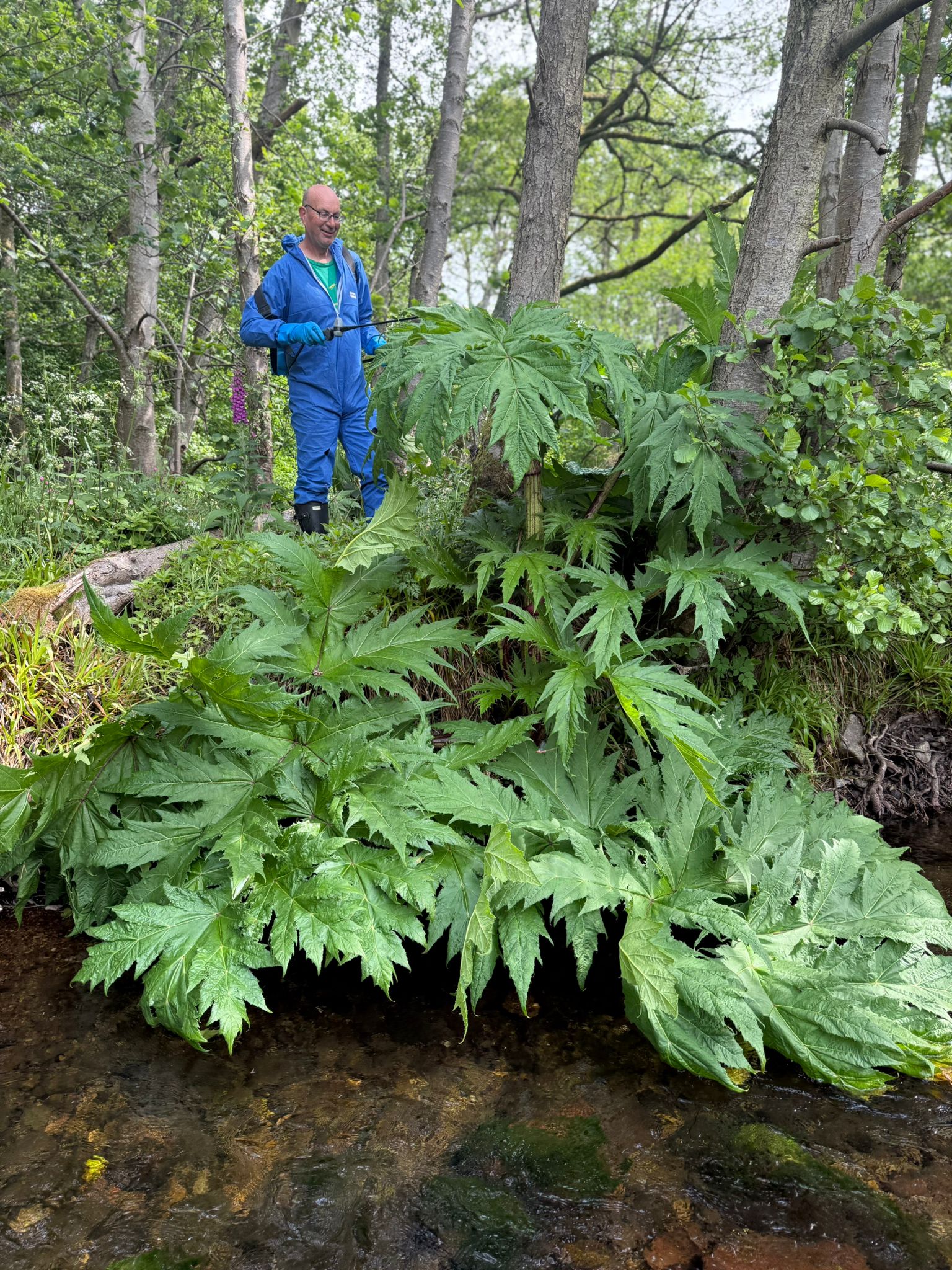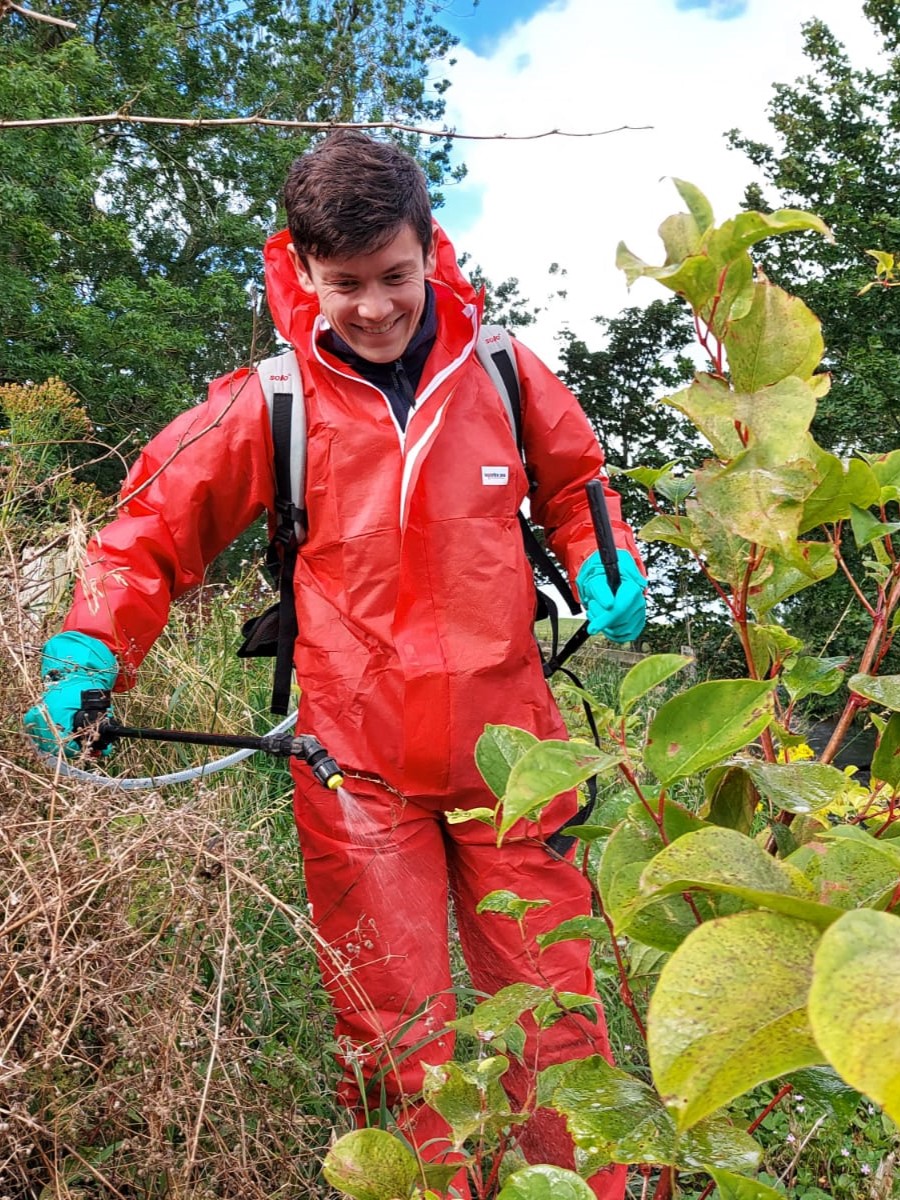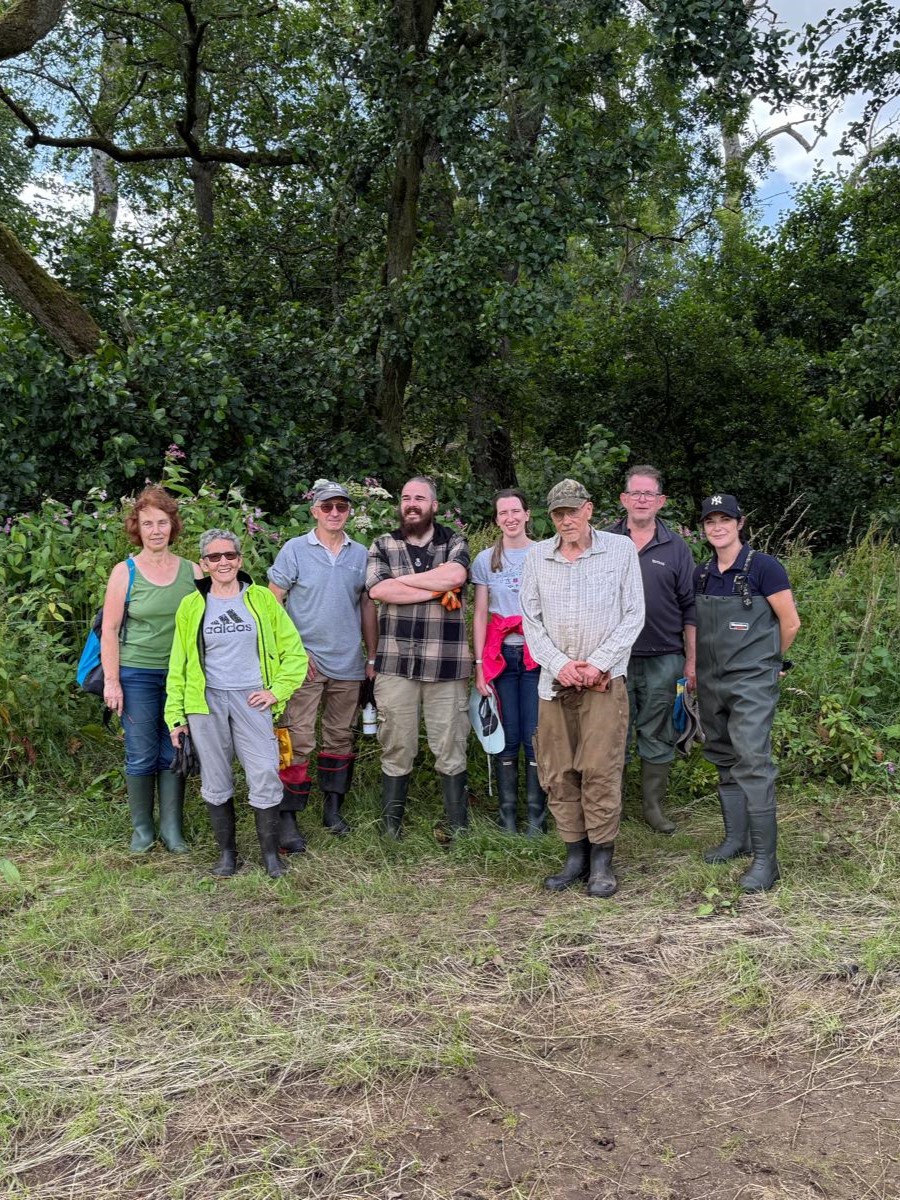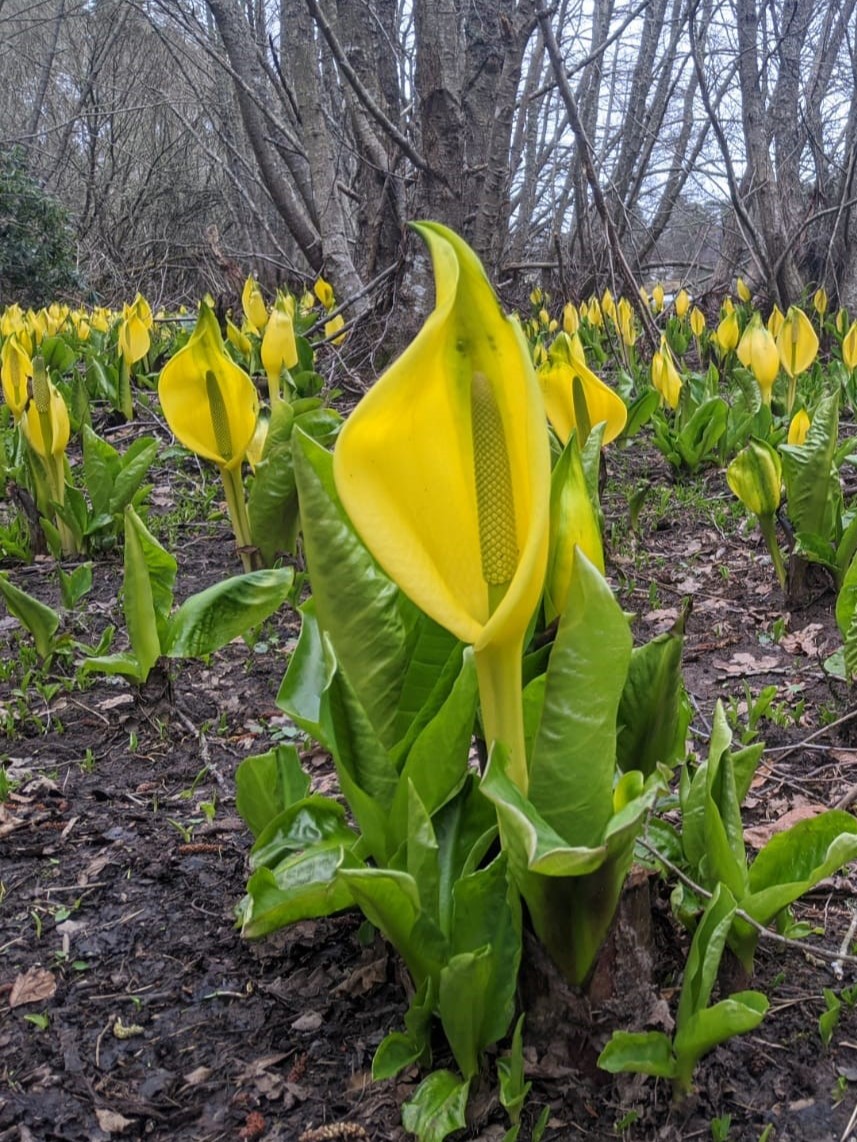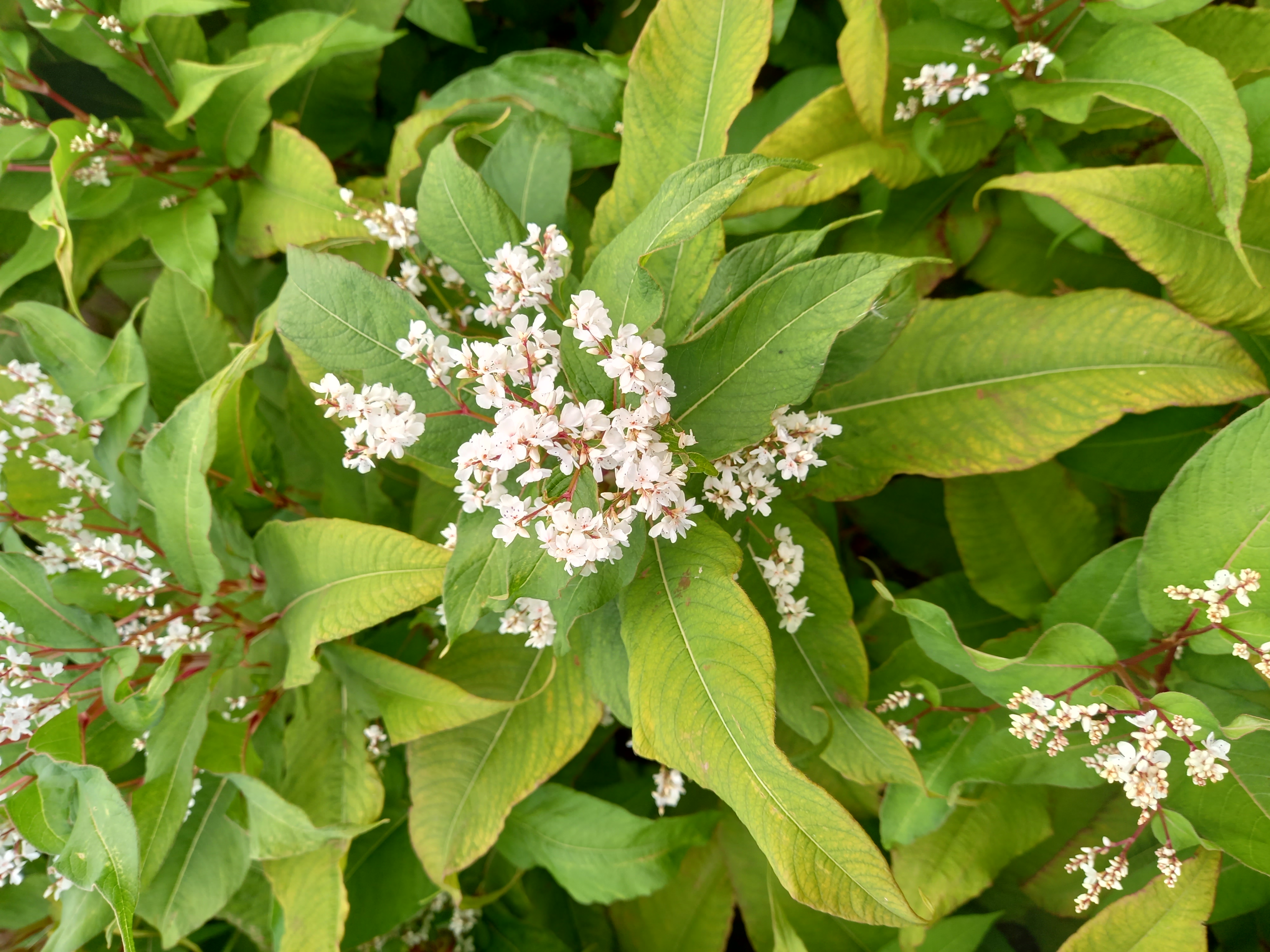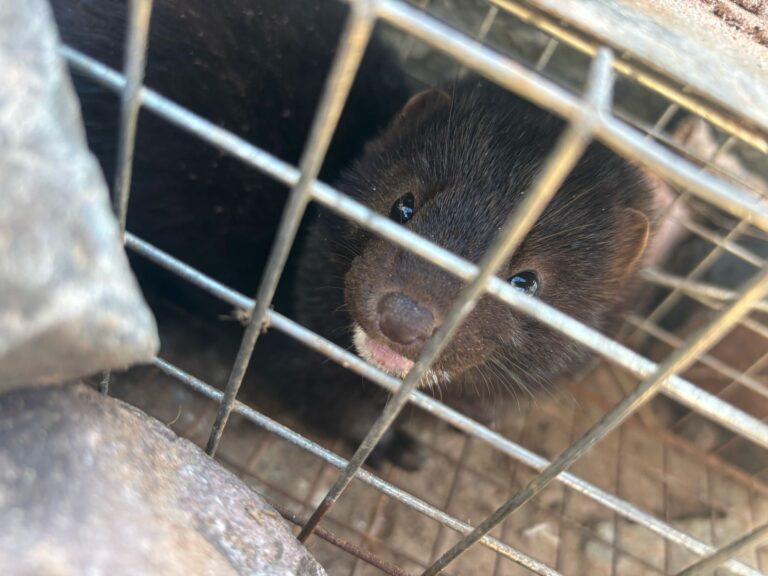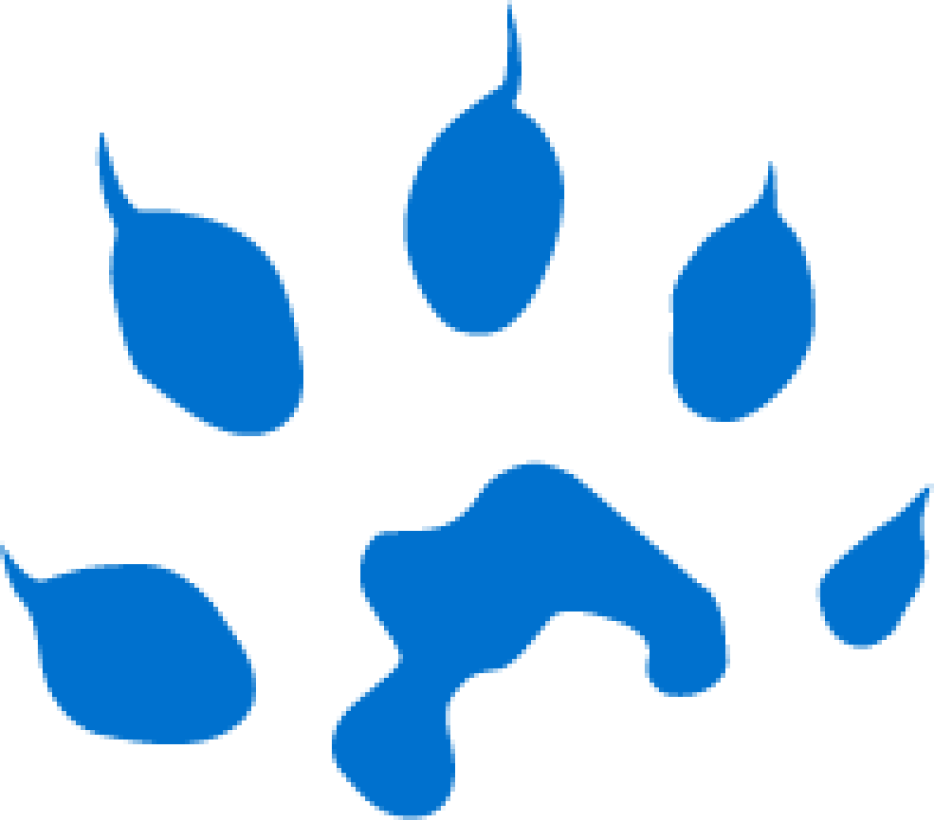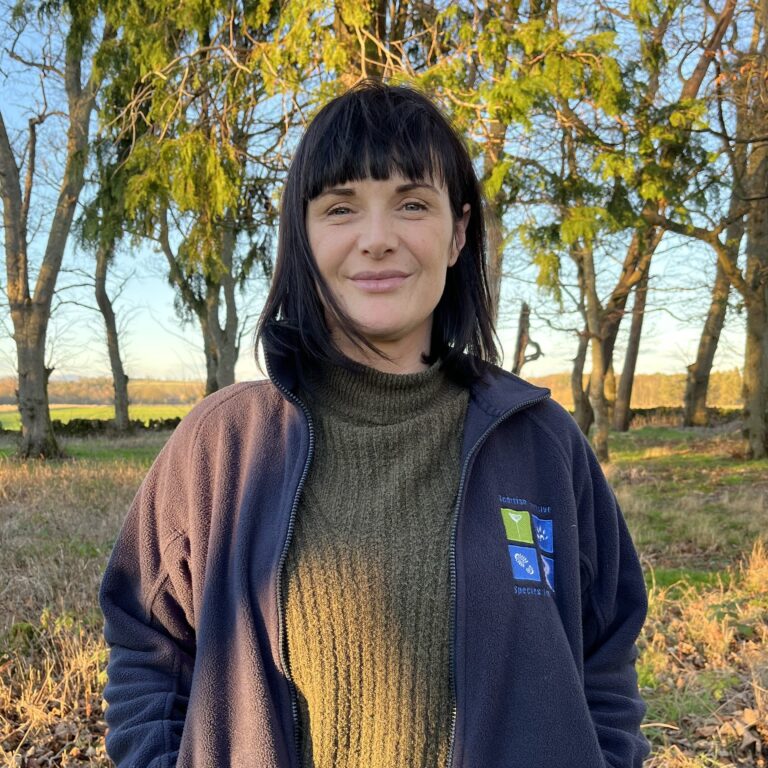The Rivers
The North Esk, South Esk and Bervie Rivers are situated in the south east of our project area, in Angus and Aberdeenshire. The Lunan Water also falls within this jurisdiction; this small river flows east through Angus and discharges into the North Sea a few miles north of Arbroath.
These are important and productive rivers for Atlantic salmon and sea trout. The River South Esk is designated a Special Area of Conservation (SAC) for Atlantic salmon and freshwater pearl mussels while Montrose Basin, the estuarine basin of the South Esk, is designated a Site of Special Scientific Interest (SSSI), Special Protection Area (SPA) and a Ramsar Site for its coastal habitats and the bird life these support. There are many other designated sites within the catchments including Rescobie and Balgavies Lochs, Loch of Kinnordy and Gannochy Gorge.
Our project partner for these catchments is the Esk Rivers and Fisheries Trust.
